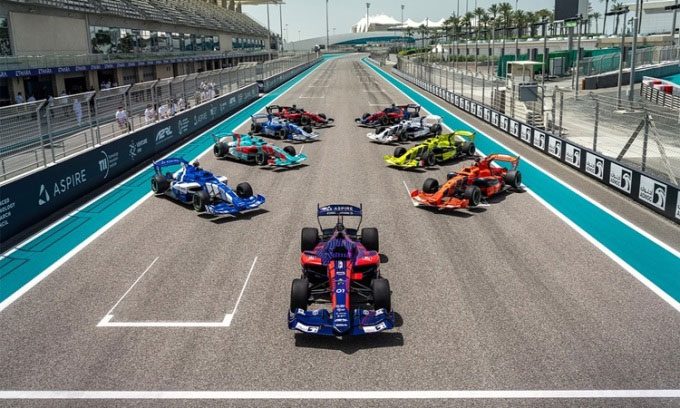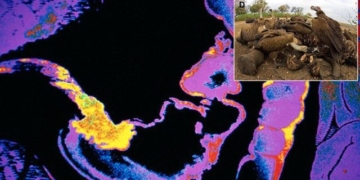The Autonomous Racing League (A2RL) race took place at the Yas Marina Circuit in Abu Dhabi, with the victory going to the team from the Technical University of Munich (TUM).

Racing cars at the Autonomous Racing League. (Photo: AI Business).
At A2RL, 8 teams representing the United States, Germany, Sweden, China, the United Arab Emirates (UAE), Hungary, Singapore, and Italy competed for a prize pool of $2.25 million at the end of April, AI Business reported on April 30. The teams used the same 2023 Dallara Super Formula race cars in standard form. This is the fastest open-wheel racing car in the world, boasting a power output of 550 horsepower and speeds of nearly 300 km/h. In A2RL, the vehicles are equipped with 7 Sony cameras, 4 ZF radar sensors, and 3 Seyond LIDAR devices as part of an autonomous driving package along with Nvidia’s graphics processor. The difference between teams lies in how they employ coding skills, AI algorithms, and machine learning to teach the car how to drive itself.
The challenge for each team is to develop AI software that allows the car to navigate the racetrack, complete laps in the shortest time, outpace competitors, and make strategic decisions to win. Once on the track, human intervention is not permitted. Instead, each car makes decisions based on AI regarding how fast to go, when to brake, which line to take, when to overtake opponents, and what level of risk it is willing to accept. Key factors that the AI software must master include understanding grip levels, managing tire temperatures, predicting opponent vehicle movements, and executing overtakes.
A2RL marks the first time 4 AI-driven racing cars competed simultaneously on the track. Ultimately, TUM’s racing car secured victory after qualifying at Unimore, Italy.
The event was organized by ASPIRE, a branch of the Abu Dhabi Advanced Technology Research Council (ATRC). The organizers hope that by creating a high-tech experimental environment with competitive elements and rewards, AI research will advance, leading to technologies that could become commonplace in future driverless vehicles, freight transport infrastructure, farms, and various other robotic systems.


















































